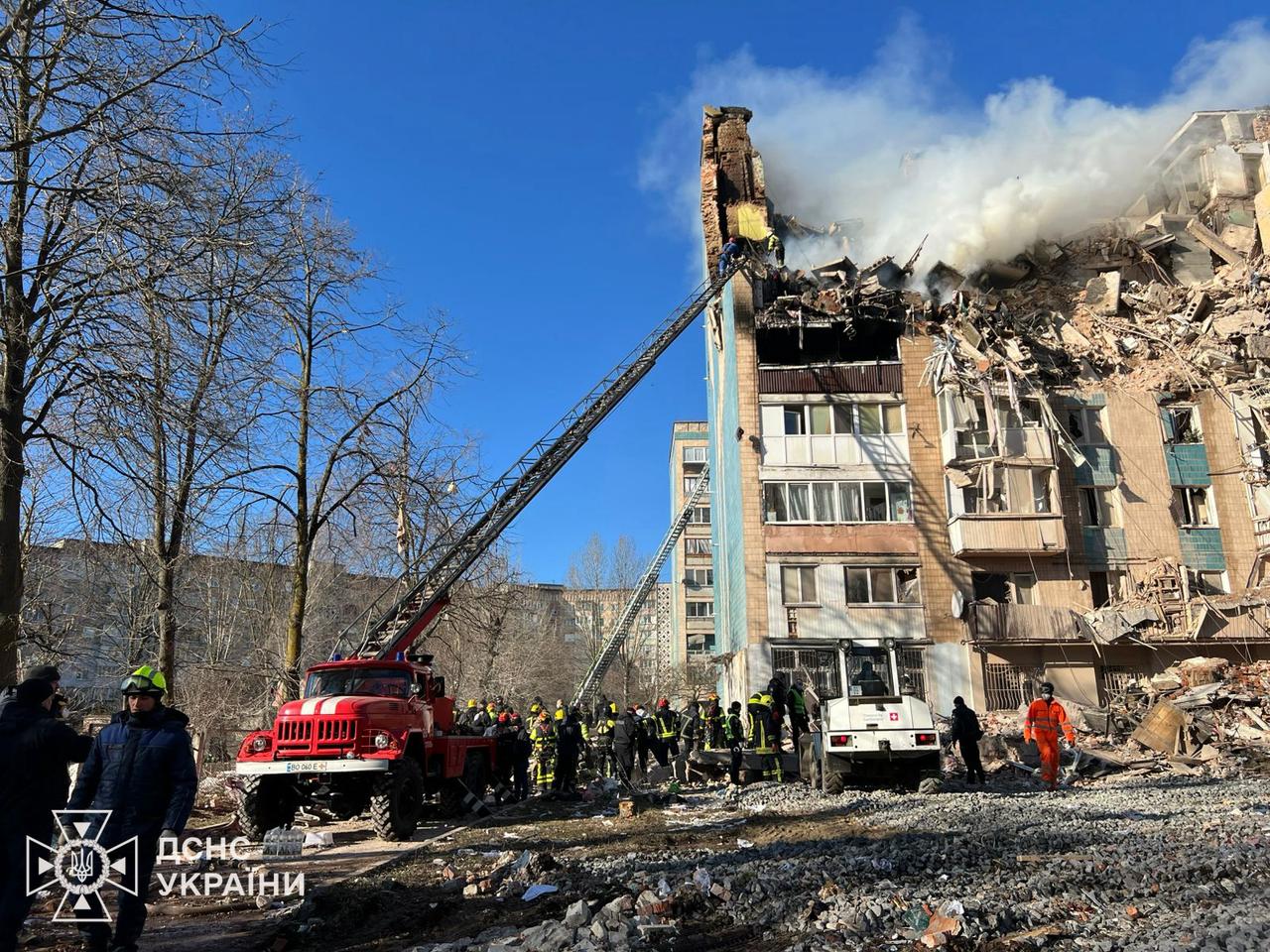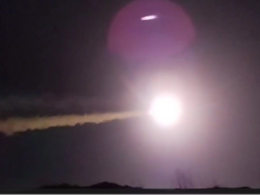On 19 November 2025, 25 people were killed in Ternopil, a city in the west of Ukraine, after a precision Kh-101 cruise missile struck a nine-story residential building. The missile carried a 450-kg warhead containing components from the US, China and Taiwan, Germany, and the Netherlands, according to the Ukrainian Air Force.
Ukrainian officials note that such tragedies could have been prevented if Russia had not found ways to bypass international sanctions in the fourth year of its all-out war.
Unrestricted terror against residential areas
By 4:00 PM, Ukrainian authorities have recovered and identified fragments of the missile. The Kh-101, which struck the high-rise, was manufactured in the fourth quarter of 2025. Investigators are examining the debris to document this terrorist act against Ukrainian civilians.
Modern air defense systems, including IRIS-T and Patriot, are capable of intercepting such missiles.
The missiles were fired from Russian strategic bombers: six Tu-95MS (Olenya airbase) and four Tu-160MS (Engels and Ukrainka airbases).
Russia uses the Vologda and Astrakhan regions as the launch zones.
In 2025, Moscow planned to increase production of Kh-101 cruise missiles. According to reports, Russia plans to manufacture 633 such missiles this year, with an additional 223 units scheduled for 2026.





